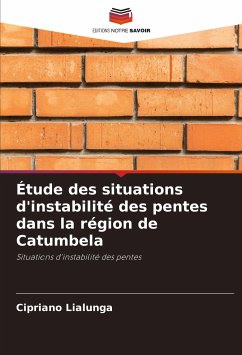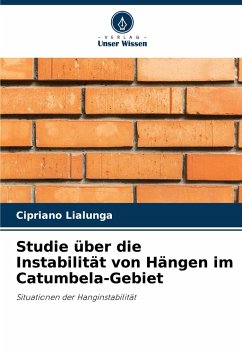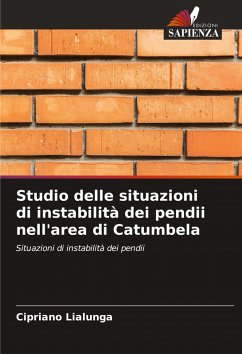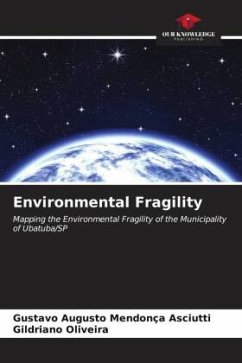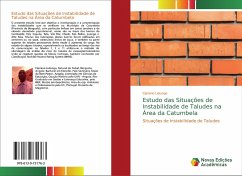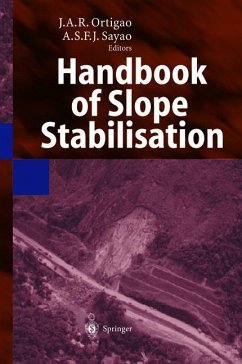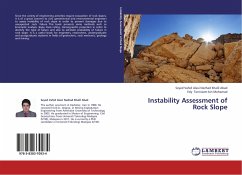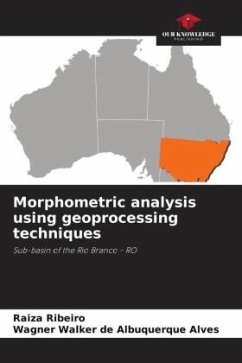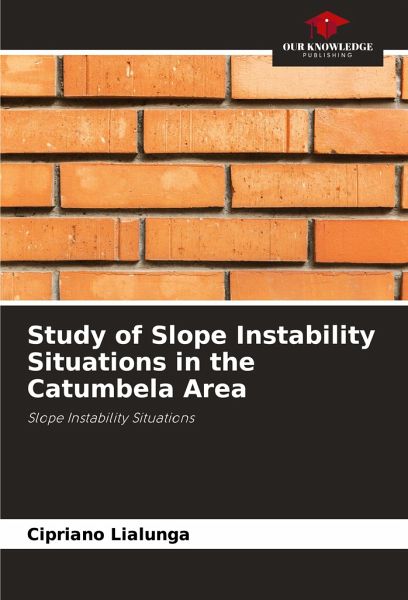
Study of Slope Instability Situations in the Catumbela Area
Slope Instability Situations
Versandkostenfrei!
Versandfertig in 6-10 Tagen
36,99 €
inkl. MwSt.

PAYBACK Punkte
18 °P sammeln!
The aim of this study was to inventory and characterise the instabilities that occur in the municipality of Catumbela (Benguela province), with particular emphasis on sensitive areas with high population density, such as the neighbourhoods of Cambambi, Poli, Caputu, Tata, Vila Flor, Chiúle, São Pedro, Luongo and Alto Niva. Many of the houses in these neighbourhoods were built on slopes or at the foot of slopes, obstructing water lines, and also on the top of slopes, thus causing an increase in the load. In the study of some slopes, especially those located along the roads: Slopes 1, 2 and 11...
The aim of this study was to inventory and characterise the instabilities that occur in the municipality of Catumbela (Benguela province), with particular emphasis on sensitive areas with high population density, such as the neighbourhoods of Cambambi, Poli, Caputu, Tata, Vila Flor, Chiúle, São Pedro, Luongo and Alto Niva. Many of the houses in these neighbourhoods were built on slopes or at the foot of slopes, obstructing water lines, and also on the top of slopes, thus causing an increase in the load. In the study of some slopes, especially those located along the roads: Slopes 1, 2 and 11, the method used to analyse the risk of excavation/road slopes where rockfalls are recorded, also known as the Rockfall Hazard Rating System (RHRS), was used.





